Related Links for this Video:
WisContext Coverage: Hayward Weighs The Risks And Costs Of The Next Deluge
Frederica Freyberg:
While people wait for officials at the state and federal level to act on climate change, it’s the people at the local level who are left to deal with the reality on the ground and the water in their basements. “Here & Now” reporter Zac Schultz traveled to Sawyer County and the city of Hayward for this report.
Zac Schultz:
The vacation town of Hayward in Sawyer County is built on water, both figuratively and literally.
Pat Sanchez:
So Hayward is built on a swamp, a catacomb of underground rivers.
Zac Schultz:
Pat Sanchez is the emergency manager for Sawyer County. She says the county is also pretty flat, so torrential rain events like they had in 2014 and ’16 will lead to heavy flooding.
Pat Sanchez:
We have a lot of rivers, a lot of streams, a lot of lakes, and when we get heavy downpour like we’ve had in the past years, there’s not anywhere for that water to go.
Sandy Okamoto:
I did have carpeting down here, but that all rotted.
Zac Schultz:
Sandy Okamoto feels like most of the water in Sawyer County comes through her basement.
Sandy Okamoto:
‘Cause this whole area floods, and it comes in everywhere.
Zac Schultz:
She says after heavy rains, the groundwater sprays into the basement in her house and her rental property next door.
Sandy Okamoto:
It’s like someone’s standing with a squirt gun behind the walls and just — it comes through everywhere.
Zac Schultz:
When the forecast calls for heavy rains, Sandy can’t sleep.
Sandy Okamoto:
Very overwhelming. And all I do is run back and forth between the two houses and move pumps and move hoses.
Zac Schultz:
But Sandy says it wasn’t like this when she bought these houses. This creek and neighboring Shue’s Pond would occasionally dry up.
Sandy Okamoto:
Like I say, there wasn’t even water in this creek. I mowed. It was bone dry. I mowed across it.
Zac Schultz:
The water level in places around Sawyer County is just higher than it’s ever been.
Don Hamblin:
It’s kind of at the bottom of the drainage system so it has nowhere to go from here.
Zac Schultz:
Don Hamblin is both the fire chief and public works director for the town of Hayward so he’s been monitoring this road.
Don Hamblin:
Now that it’s underwater, there’s definitely going to be some structural issues that will have to be addressed.
Zac Schultz:
When the water recedes, he can fix the road but the bigger question is, how soon will he have to do it again?
Don Hamblin:
Are we going to be addressing these problems continually for the next 20, 50 years?
Zac Schultz:
The 2014 and ’16 floods in Sawyer County were both close to being labeled as 100-year floods. Counties in northwest Wisconsin have dealt with repeated 100, 500 and even 1,000-year flood events in just the past few years. Washing away roads, flooding homes, and making everyone consider whether this is the new normal.
Jason Laumann:
We’re not looking at the problem in the big picture. We’re just saying how can we get it back to functioning status.
Zac Schultz:
Jason Laumann is the deputy director of the Northwest Regional Planning Commission. He’s meeting with local officials from around Sawyer County to talk about applying for federal grants to prepare for emergencies.
Jason Laumann:
Preparedness levels vary widely across the region. I think some communities are certainly more prepared than others.
Zac Schultz:
He doesn’t hesitate when asked about the next time this area sees a 500-year flood event.
Jason Laumann:
Next year, yep. We’re experiencing these event so often, at such a great magnitude, that we’ll have no choice at some point but to allocate resources to try and address it.
Zac Schultz:
To help communities prepare, they created the Northwest Wisconsin Flood Impact Study, which shows which roads and houses would be underwater during 100 or 500-year flood events. A 500-year flood in Sawyer County would cause nearly $12 million in damages to buildings and see 50 miles of roads closed. We overlaid the study’s interactive map viewer on downtown Hayward to show just how much would be under water.
Pat Sanchez:
When I saw that study, I just said I hope I retire before the 100-year and the 500-year flood hits.
Zac Schultz:
Pat Sanchez would be in charge of managing a flooding emergency, and when she read the study, she made a phone call.
Pat Sanchez:
I ordered 10,000 sandbags and had them delivered and then I pre-staged them north and south.
Zac Schultz:
So far, she hasn’t needed them.
Pat Sanchez:
Luckily it didn’t happen. I’m still knocking on wood because we’re not over the season yet.
Zac Schultz:
But sandbags are a stop-gap solution, not a long term plan.
Pat Sanchez:
We can start looking at, you know, do we need bigger culverts? Do we need less pavement?
Don Hamblin:
Every time we redo a road project, we try to improve drainage.
Zac Schultz:
Don Hamblin says after the last two floods, the town of Hayward started re-thinking their approach to road building.
Don Hamblin:
We’ve kind of prioritized some of our projects based on water flow.
Zac Schultz:
Hamblin says instead of just repaving this road, they decided to raise it up so water could drain off.
Don Hamblin:
We’ve added anywhere between 4 and 10 inches of gravel in some places to get better drainage and improve some of the structure under the road.
Zac Schultz:
These projects can get expensive. It will cost $345,000 to replace the undersized culvert that carries Smith Creek under Highway 63 in Hayward. The city of Hayward is telling residents like Sandy Okamoto they’re waiting for the state to pay.
Sandy Okamoto:
I know they’re waiting for the DOT to give them a big chunk of money to do something underneath Highway 63 and they say there’s no point in fixing anything this side of Highway 63 because then the homes downstream would flood.
Zac Schultz:
The Department of Transportation isn’t scheduled to start work until 2023. She can’t imagine waiting until then.
Sandy Okamoto:
It’s just no way to live.
Pat Sanchez:
I’ve just been told there’s no money, there’s no money, there’s no money. We’ve talked to our political entities and they keep saying write grants. Well, we know how competitive grants are now days.
Jason Laumann:
And I suspect because of the things that we’ve experienced in the last five years, namely the flooding issue.
Zac Schultz:
Five years ago, flooding wasn’t even listed as a concern on Sawyer County’s Hazard Mitigation Plan grant application. Now it’s number one.
Jason Laumann:
I’m not guaranteeing you’ll get funding for these things because you’re going to be competing against not just the other counties that have been affected in Wisconsin, but every county across the country.
Zac Schultz:
Jason Laumann says local governments need to plan for these costs.
Jason Laumann:
Communities, counties have begun to realize that they’re going to have to bear some of the burden for this, especially with the infrastructure costs.
Zac Schultz:
Otherwise, they’ll be in the odd position of hoping when the flood comes, it’s really bad, so they qualify for FEMA grants to rebuild.
Don Hamblin:
This is the largest culvert structure that we have in the town of Hayward.
Zac Schultz:
That’s what happened after the 2016 flood washed out this gravel road.
Don Hamblin:
It ended up being a FEMA project. The total cost of the project was over $80,000 to put this box culvert in. And you know, for the town to do that on their own never would have happened.
Zac Schultz:
Even with the FEMA money, the township still had to pay 25% of the cost. Hamblin says it would cost $5,000 to $10,000 to fill in the washout. They could have done that for next eight floods and still saved money.
Don Hamblin:
Hopefully this culvert will outlive all of us.
Zac Schultz:
But the next eight floods may not be that far off.
Don Hamblin:
Do we plan 50 years or 100 years down the road or do we plan for tomorrow and hope for the best?
Frederica Freyberg:
That was Zac Schultz reporting.
Search Episodes

Donate to sign up. Activate and sign in to Passport. It's that easy to help PBS Wisconsin serve your community through media that educates, inspires, and entertains.
Make your membership gift today
Only for new users: Activate Passport using your code or email address
Already a member?
Look up my account
Need some help? Go to FAQ or visit PBS Passport Help
Need help accessing PBS Wisconsin anywhere?

Online Access | Platform & Device Access | Cable or Satellite Access | Over-The-Air Access
Visit Access Guide
Need help accessing PBS Wisconsin anywhere?

Visit Our
Live TV Access Guide
Online AccessPlatform & Device Access
Cable or Satellite Access
Over-The-Air Access
Visit Access Guide
 Passport
Passport





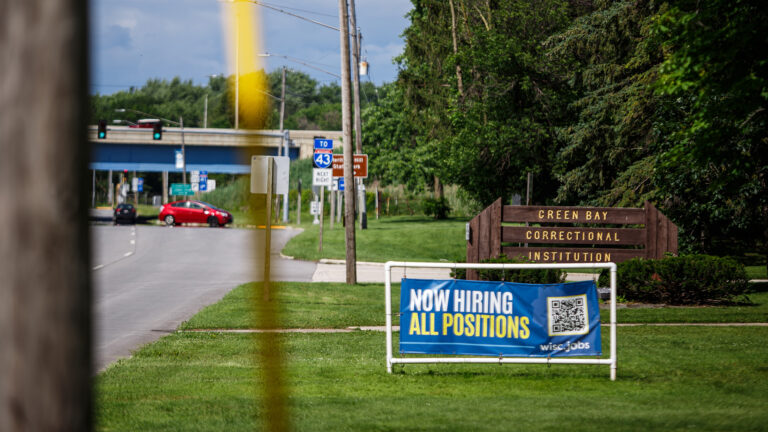
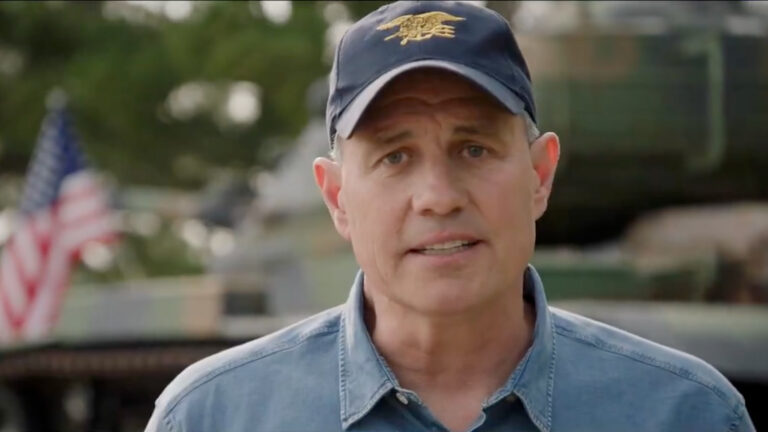

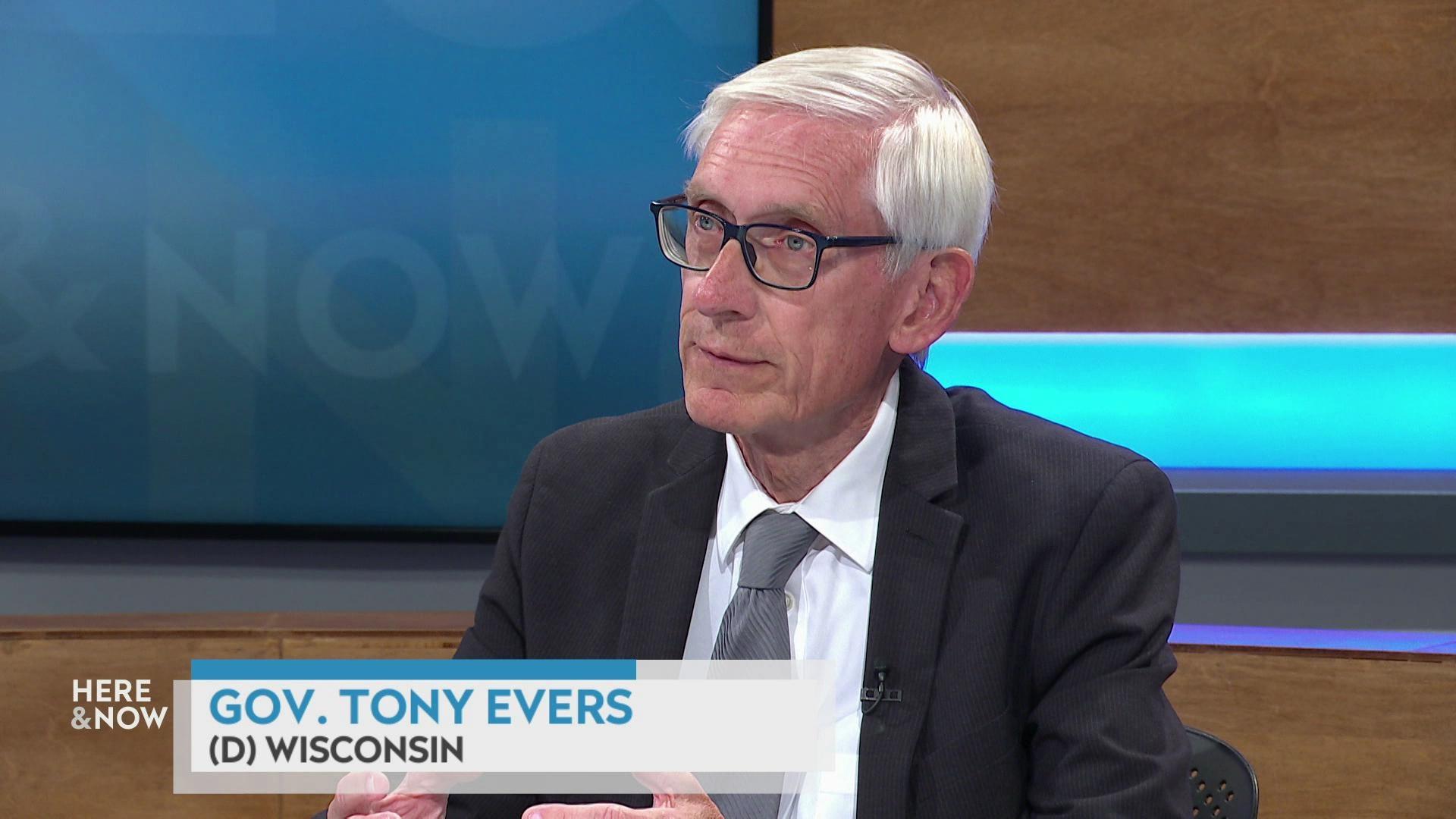
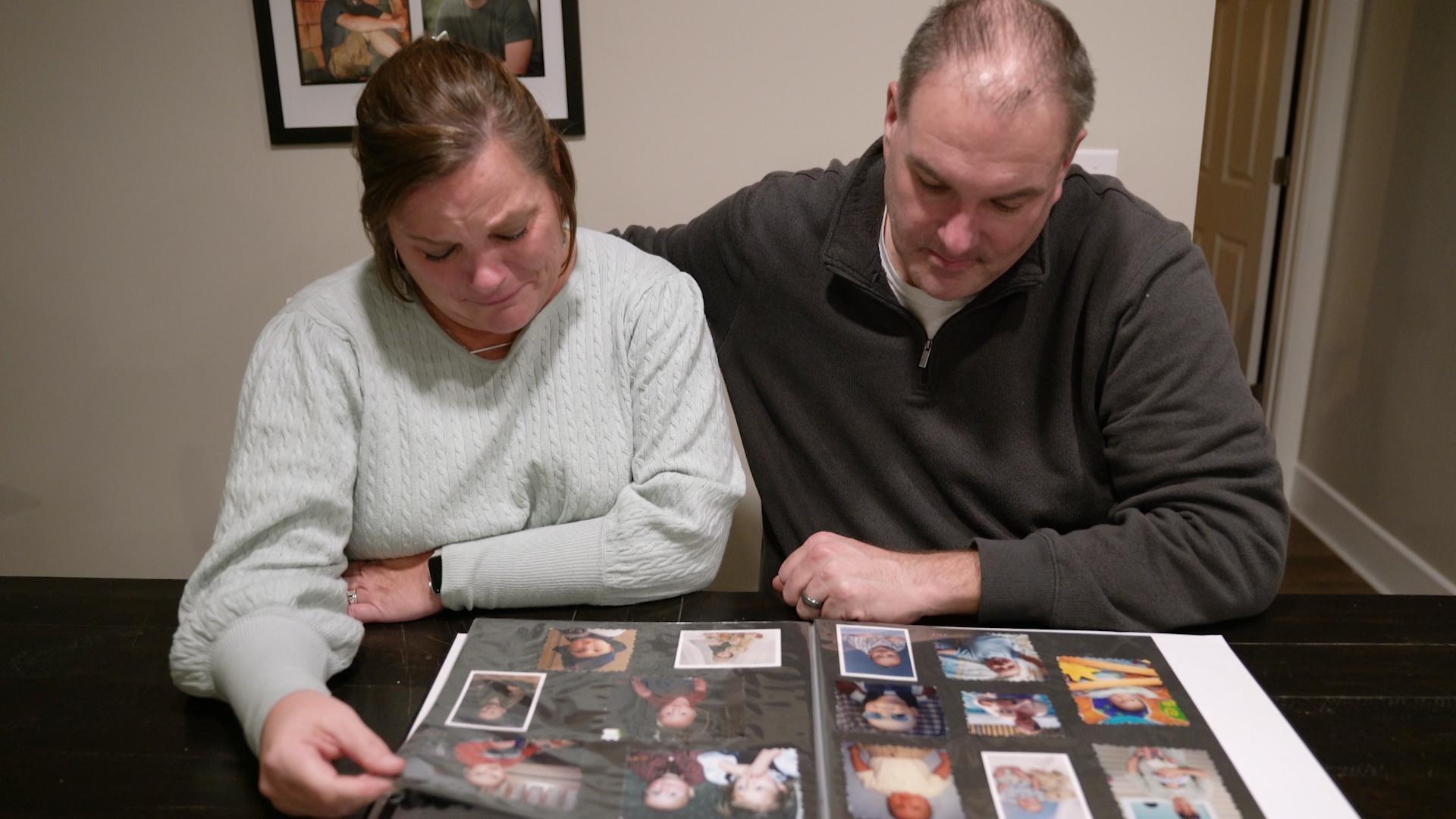



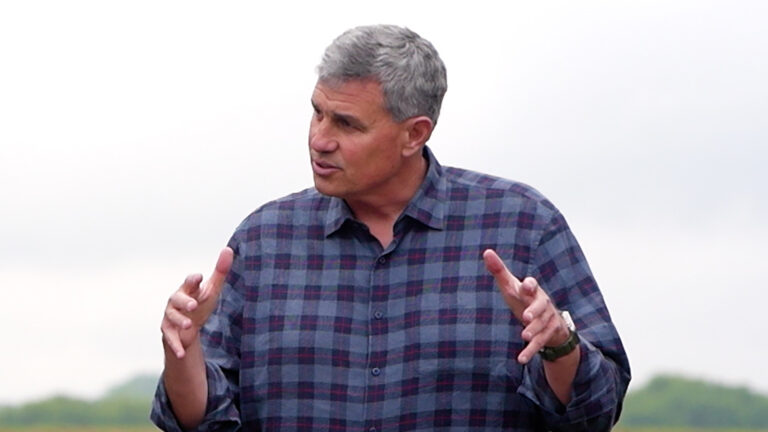
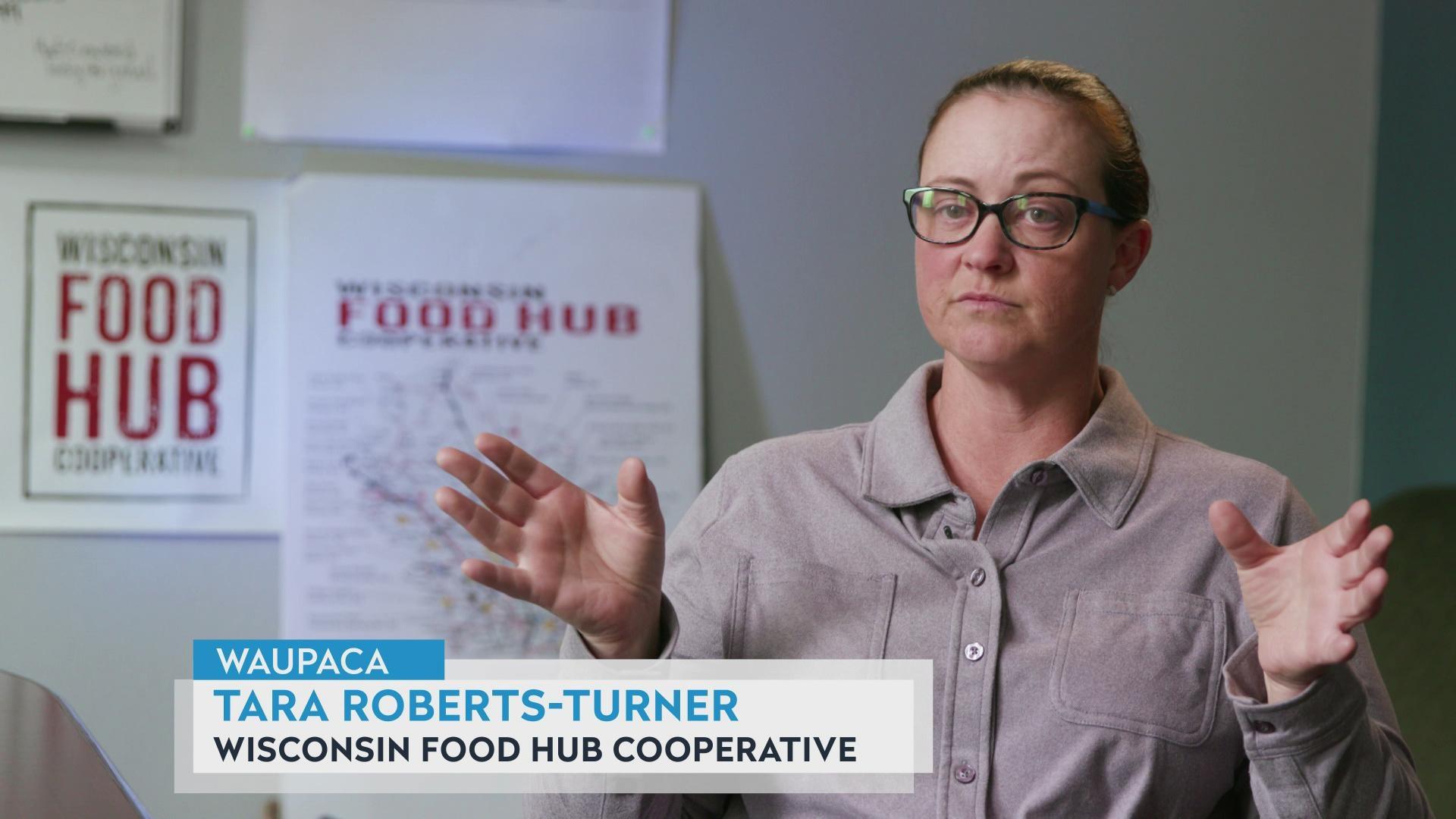
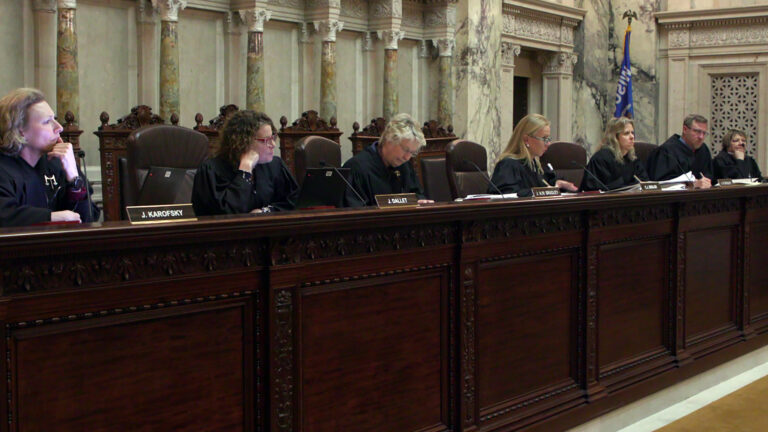


Follow Us